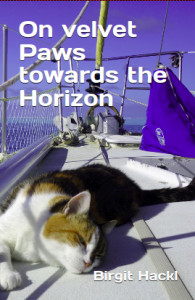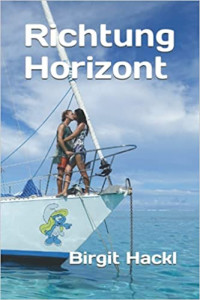We’ve started to get our bearings here in Tongareva. It’s a big atoll (11 miles long, 6 miles wide) with three passes into a deep lagoon with many coral heads, but no islands within the lagoon. It has quite some land with motus stretching along the northern, eastern and western sides of the atoll, but only 2 settlements. The main village Omoka lies on the western side next to the main pass and the smaller village Tetautua on the opposite side of the lagoon (according to our elderly lonely planet with a population of 400 in one village and 100 in the other–according to locals it’s more like 200 and 60 people). One supply ship from Rarotonga calls every 2 or 3 months another one from Hawaii visits the island twice a year, but they have an airport with 1 flight per week.
During our chat with the officials we mentioned as usually that we are interested in nature and much to our suprise we were referred to a scientist who lives and works here. We met him the next day and it was interesting talking to a scientist whose main focus are studies on climate change, reefs and turtle protection, but he also works with the teachers to arrange science workshops at the local school and to involve the locals (and especially kids) in projects to protect turtles and reforest the motus that are endangered by erosion and to provide shade for turtle nests. Ironically Penrhyn is one of the atolls most affected by climate change while the locals have hardly any carbon footprint…
We were suprised at his success in influencing the locals towards more awareness of environmental issues, but it turns out that there were several favourable starting conditions:
The locals here have stopped doing copra already in the 70s, because it was no longer lucrative, therefore they hardly ever visit the remoter motus and don’t ‘clean’ motus by burning endemic shrubs. Seabirds and turtles find undisturbed areas and endemic shrubs they need.
The local community has established a ‘rahui’ (like in Rapa Iti, remember?) which means that several species of clams, etc. are protected all year round and can only be hunted/collected on special days.
We motored over to the eastern side of the atoll yesterday and are eager to explore Tongareva above and under the water.
![]()






